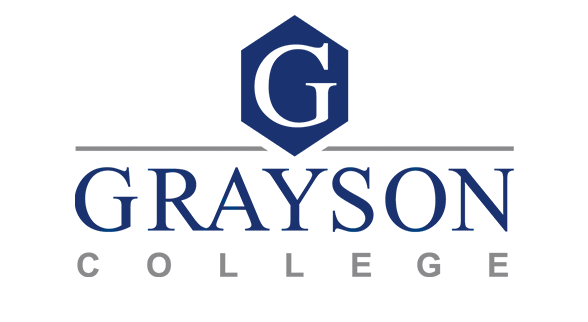Technology Integration in the Classroom Wiki
Welcome to the digital wiki. This resource was created to help you discover new ways to use technology in the classroom, submit ideas you have used already in your own classroom, and help others discover new tools they can use.
What is Technology Integration
Technology integration is the use of technology resources -- computers, mobile devices like smartphones and tablets, digital cameras, social media platforms and networks, software applications, the Internet, etc. -- in daily classroom practices, and in the management of a school. Successful technology integration is achieved when the use of technology is:
- Routine and transparent
- Accessible and readily available for the task at hand
- Supporting the curricular goals, and helping the students to effectively reach their goals
When technology integration is at its best, a child or a teacher doesn't stop to think that he or she is using a technology tool -- it is second nature. And students are often more actively engaged in projects when technology tools are a seamless part of the learning process.
Defining Technology Integration
Before we can discuss how to shift our pedagogy or the role of the teacher in a classroom that is integrating technology, it is important to first define what "technology integration" actually means. Seamless integration is when students are not only using technology daily, but have access to a variety of tools that match the task at hand and provide them the opportunity to build a deeper understanding of content. But how we define technology integration can also depend on the kinds of technology available, how much access one has to technology, and who is using the technology. For instance, in a classroom with only an interactive whiteboard and one computer, learning is likely to remain teacher-centric, and integration will revolve around teacher needs, not necessarily student needs. Still, there are ways to implement even an interactive whiteboard to make it a tool for your students.
Willingness to embrace change is also a major requirement for successful technology integration. Technology is continuously, and rapidly, evolving. It is an ongoing process and demands continual learning.
When effectively integrated into the curriculum, technology tools can extend learning in powerful ways. These tools can provide students and teachers with:
- Access to up-to-date, primary source material
- Methods of collecting/recording data
- Ways to collaborate with students, teachers, and experts around the world
- Opportunities for expressing understanding via multimedia
- Learning that is relevant and assessment that is authentic
- Training for publishing and presenting their new knowledge
Types of Technology Integration
It is sometimes difficult to describe how technology can impact learning because the term "technology integration" is such a broad umbrella that covers so many varied tools and practices; there are many ways technology can become an integral part of the learning process. Just a few of these ways are listed below -- but new technology tools and ideas emerge daily.
- Online Learning and Blended Classrooms
- Project-Based Activities Incorporating Technology
- Game-Based Learning and Assessment
- Learning with Mobile and Handheld Devices
- Instructional Tools like Interactive Whiteboards and Student Response Systems
- Web-Based Projects, Explorations, and Research
- Student-Created Media like Podcasts, Videos, or Slideshows
- Collaborative Online Tools like Wikis or Google Docs
- Using Social Media to Engage Students
